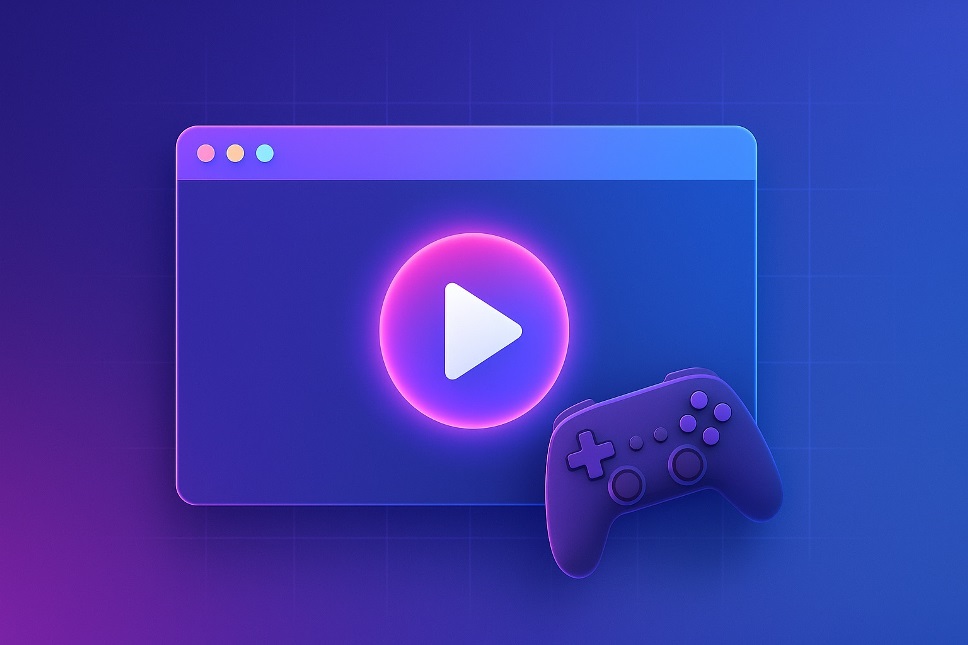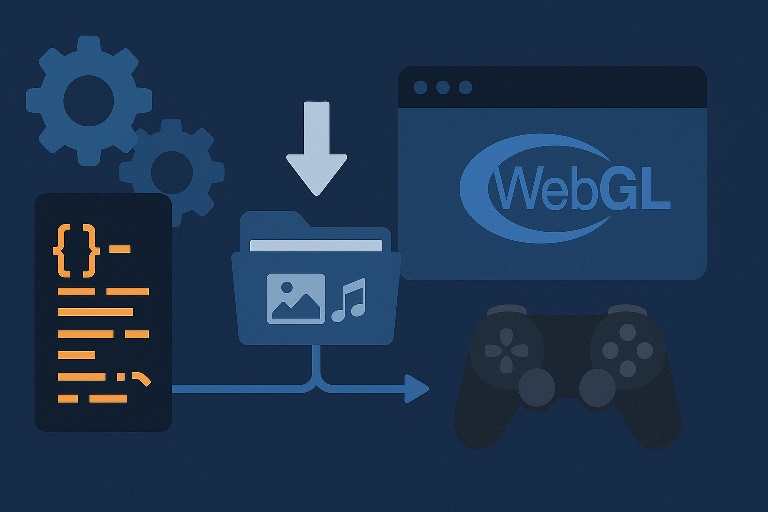
If you’re curious about how a blog can let people jump straight into a game without extra downloads, this guide explains the full flow for Playing Games on Blog Playbattlesquare—from how the games load to tips for a smooth session. You’ll also see how this experience fits the wider world of browser games and modern HTML5 games (played right inside your web browser, typically without installs).
What Play-on-a-Blog Actually Means
On a modern game-enabled blog, such as one designed for playing games playbattlesquare, titles are embedded into posts using web technologies that run in your browser. In practice, this means the page you open contains a playable canvas (or frame) powered by technologies like JavaScript, WebAssembly, and graphics layers such as WebGL. The key benefit is instant access: you press Play and the game starts—no launcher, no setup. This “in-browser” model is why so many people look for play online games or free online games that start with a single click.
Quick note: Because everything runs in your browser, performance depends on your device, connection, and browser version rather than on a separate game app.
How It Works Behind the Scenes

1) The blog page loads the game container
When you open the article, the blog’s HTML includes an embedded game frame or canvas. Your browser fetches the game files (art, code, sounds) from the server. Thanks to web standards, the same code can usually run on laptops, desktops, and many phones—often described as cross-platform support.
2) Your browser runs the game logic
Core logic runs in JavaScript or WebAssembly; visuals render on the canvas, often via WebGL; audio uses the web audio APIs. These standards replaced older plug-in approaches and let developers deliver richer visuals without Flash. That web-native shift is why you’ll now see sophisticated experiences billed as no download—the browser handles it.
3) Controls, progress, and network features
Input is captured from keyboard, mouse, or touch. Some titles save preferences locally in your browser (for example, volume or last level), while multiplayer features route through the game’s servers for lobbies, matches, and chat. This mix of local and remote handling is standard practice across modern web games.
Starting Your First Session (Simple Walkthrough)
- Open the blog post featuring the game and wait for the canvas to finish loading.
- Look for an on-screen “Play,” “Start,” or controller icon.
- Check the quick hints or help overlay (often shows movement, jump, or action keys).
- On mobile, rotate your device if prompted; many games adapt to portrait/landscape automatically.
- If performance stutters, close extra tabs, update the browser, or switch to a device with more headroom.
Because the experience is web-native, it’s comfortable for people who prefer mobile browser play and those who game on desktop alike.
What Makes This Approach Popular
The biggest driver is convenience: one page, one click. Players love that they can discover a game in a blog article and try it instantly. Curated roundups on respected outlets, like one focused on playing games blog playbattlesquare, frequently highlight the appeal of quick-start, free-to-play multiplayer or single-player sessions that don’t require installing anything.
Tips for the Smoothest Play
- Use a modern browser. Current engines deliver better graphics and stability for canvas-based titles.
- Mind background load. Streaming, dozens of tabs, or heavy extensions can eat CPU and memory.
- Check input settings. Many web games let you remap keys or adjust sensitivity inside a gear-icon menu.
- Consider connection quality. Fast, stable internet helps with matchmaking and latency-sensitive modes.
- Try another device if needed. Some web games scale down effects on low-power devices; a beefier machine may feel smoother.
Also Read: Google Block Breaker: The Game That Redefined Online Fun
Troubleshooting Common Hiccups
- Game won’t start: Refresh once, then try a different modern browser. Ensure JavaScript is enabled.
- Lag or stutter: Close extra tabs, disable heavy extensions temporarily, and reduce any background downloads.
- No sound: Check the game’s mute toggle and your system mixer; some browsers block auto-play audio until you interact.
- Touch controls feel cramped: Rotate the phone or use a tablet; many titles reflow UI elements dynamically.
Safety and Practical Considerations
Web games on reputable sites follow the same security posture as other embedded media, but basic hygiene still matters: keep your browser up to date and avoid granting unnecessary permissions. If a title offers account features (like progress sync), use a strong password and two-factor authentication when available.
Where This Fits in the Bigger Picture
The instant-play format you see on game-enabled blogs is part of a long evolution from plug-in-based experiences to standards-driven web content. Today’s approach builds on the HTML Living Standard and related APIs, allowing richer visuals and better portability than the old plug-in era—one reason these experiences are widely recommended in roundups of quick, accessible titles.
Conclusion
Game-enabled blog posts make discovery and play feel seamless: you read a quick intro, press Play, and you’re in—no friction. This smooth process, which is the standard for playing games on site playbattlesquare, for example, is powered by standards-based rendering, instant access, and device flexibility, making web-embedded games a natural fit for anyone who wants to try something new during a break or share a quick session with friends. Whether you’re exploring a puzzle on desktop or testing a casual action title on your phone, the core idea stays the same: open the post, hit Play, enjoy.
FAQs
Q1. Can I use a controller, or is it keyboard-only?
Controller support varies by title. Some web games detect standard gamepads automatically; others stick to keyboard and touch. Check the in-game settings for a controller tab.
Q2. Do embedded web games use much data?
Initial loads can be a few megabytes to tens of megabytes depending on art and audio. After the first load, many assets are cached locally to reduce repeat downloads.
Q3. Will my progress save between sessions?
Some games store progress in your browser storage; others require an account to sync across devices. If a title highlights “cloud save,” you’ll keep progress anywhere you log in.
Q4. Is it safe to allow notifications or other permissions?
Only grant permissions you need (e.g., notifications for friend invites). You can revoke them later in your browser’s site settings.
Q5. Why does one game feel smooth while another stutters?
Different games push different amounts of graphics or physics. Performance depends on your device GPU/CPU, the game’s optimization, and what else your browser is doing at the moment.



